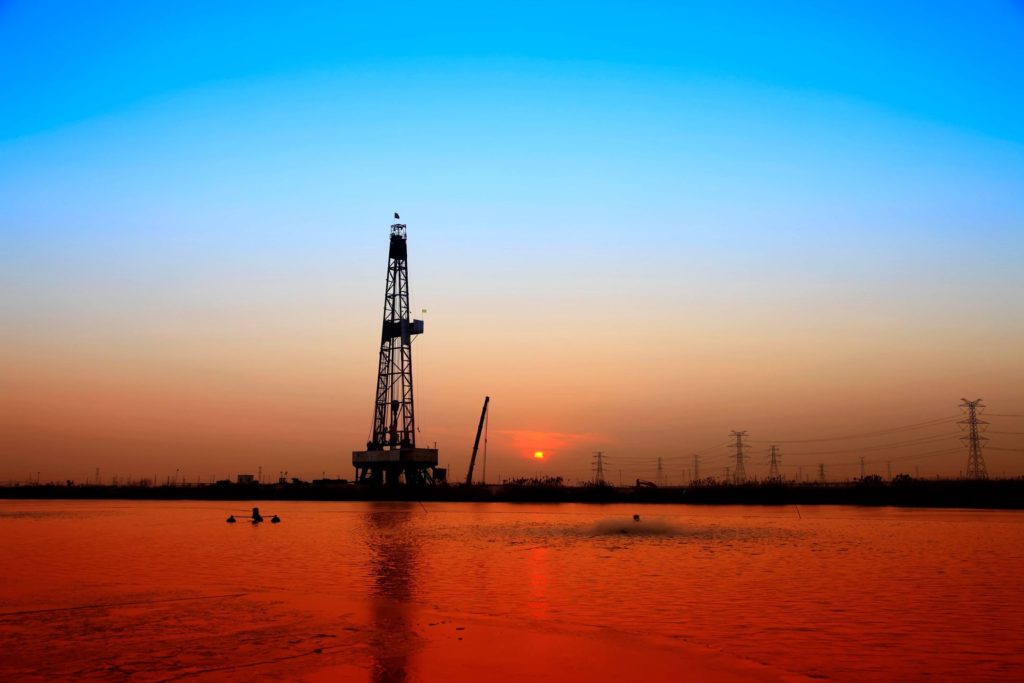
Improved technology is helping boost domestic oil production
by Adam Wilmoth
A better understanding of data and technology has transformed the U.S. oil and natural gas industry and promises to help meet the global growing demand for oil, Oklahoma executives said Thursday.
Speaking at the Oklahoma State University Energy Conference, Devon Energy Corp. CEO Dave Hager said a better understanding of geology, well control and drilling technology has boosted production and lowered costs throughout the industry.
“How can we survive at $50 oil instead of $90? The use of advanced technology is helping us do that,” Hager said.
By connecting producing wells to the internet and allowing field employees to better target problem wells — often before a problem is noticeable — the company has slowed the annual production declines on its wells.
Improved technology also has allowed the company to more precisely control horizontal drilling, ensuring the well stays in the formation and is as straight as possible.
“We’re now drilling to a 10-foot tolerance in a well that 10,000 feet long,” Hager said.
Together, the efforts have helped boost initial production rates by 300 percent from 2012 to 2016.
“The biggest challenge was to get all the historical data in a usable form,” Hager said. “Then for the new data, it’s just like any other industry. We get so much data. How do you sort through the data and make meaningful use of that data? That’s where a lot of the software we’re developing is helping.”
The improved technology has allowed companies to reopen older oil fields throughout the country and double U.S. production in less than a decade. Too much production flooded the market and led to the industry downturn, but the increased oil may be needed if global demand continues to rise.
Despite the recent U.S. production gains, new discoveries still are necessary, said Frank Patterson, executive vice president of exploration and production at Chesapeake Energy Corp.
Growing consumption
Global consumption is more than 35 billion barrels of oil annually, and more than 80 percent of the world’s proven reserves are in OPEC countries. Many of those countries have unstable governments and unrest.
At current consumption, OPEC has 34 years of reserves, and all non-OPEC nations together have less than eight years of reserves.
At the same time, spending on large-scale deepwater projects has dried up during the downturn over the past three years. Those projects typically take up to a decade to reach full production.
Increased U.S. production will help meet global demand in the short run, but it’s not enough to offset growing consumption and declining global production, Patterson said.
“We will buy time for those big projects to come on, but the question is what can we ramp up to in the United States,” Patterson said. “I’m not trying to be doom and gloom. But we have to step back and ask where we’re going and how do we get there. We have to start thinking not about tomorrow, but about 2025 and 2030.”
Patterson said companies need to continue efforts to find the next big field, even though the new oil isn’t needed today.
“I think there’s a lot left to be had, but we have to think differently,” he said. “What you see is everybody go exactly where everybody else is going. You need some people out there in the front, pacesetting right now.”
Originally posted at: http://newsok.com/article/5548890

